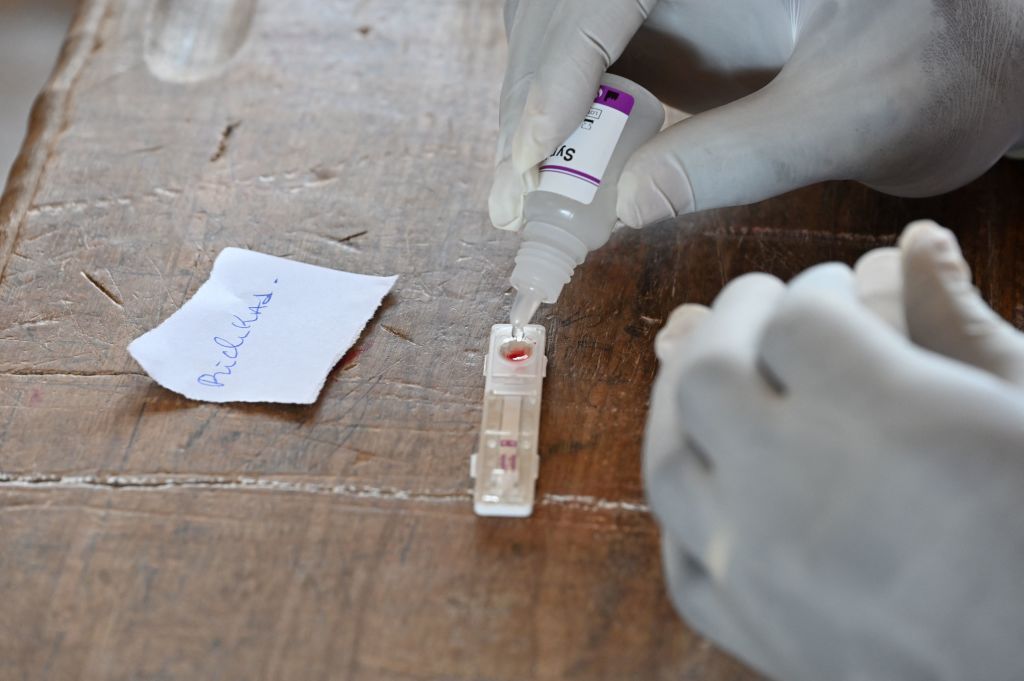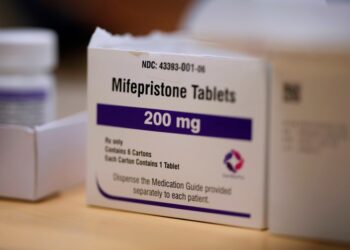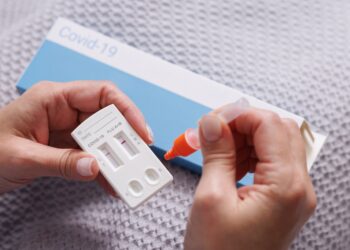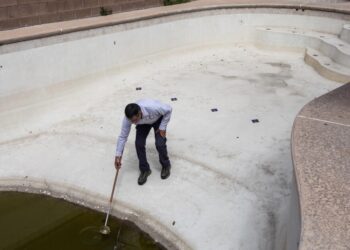By Cindy Krischer Goodman, South Florida Sun-Sentinel
Health officials are seeing more cases of the rare disease of leprosy in Florida, and want to find out why.
Are foreign travelers bringing the disease to Florida with them? Are people in the state getting it from armadillos, which are naturally infected with the bacteria that causes the disease? How is this rare disease spreading in the Sunshine State, and who is vulnerable to it?
Leprosy, also known as Hansen’s Disease, has been around for centuries, and now mostly is in countries like India, Brazil and Indonesia. People untreated who have the infectious disease caused by the bacteria Mycobacterium leprae often have disfiguring skin sores or deformities like claw hands or hammer toes.
Knowing you have leprosy and getting treated early is crucial. However, it could take about five years after contracting the disease to show symptoms, such as patches of pink skin that become numb, lumps on your face or earlobes, and numbness in your hands and feet.
What’s going on in Florida?
Historically, most cases of leprosy in the United States affected people who traveled to countries where it was more common and had prolonged close contact with someone who has it, or people who had contact with certain armadillos that carry the leprae bacteria.
But in Florida that isn’t always happening, particularly in one area of the state.
While leprosy still remains rare in the United States, reported cases gradually have increased over the last decade, particularly in Florida. Central Florida in particular has seen a disproportionate share of cases.
Health data shows 172 reported cases in Florida since 2015. Almost half of the counties in Florida have at least one case. However, the majority of people infected, 80 of them, are in Brevard County in Central Florida. Brevard runs along the coastline north of Vero Beach and includes Kennedy Space Center.
“That cluster of cases sparked our interest,” said Dr. Charles…
Read the full article here







